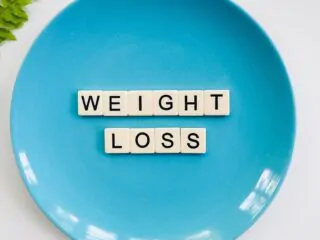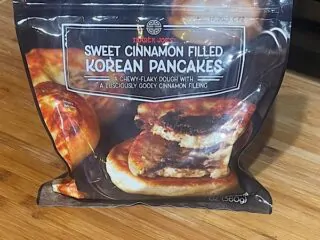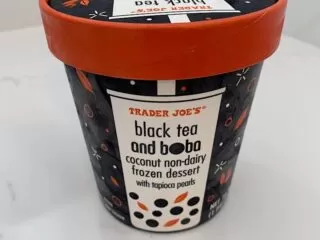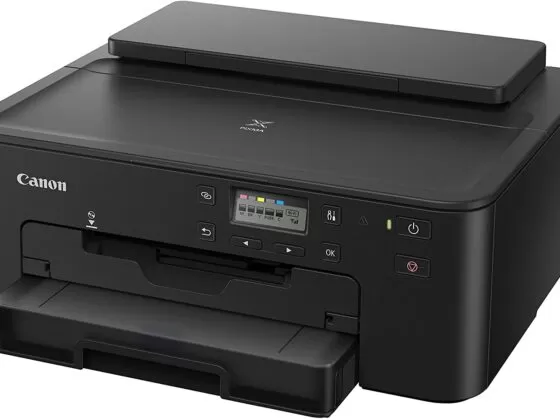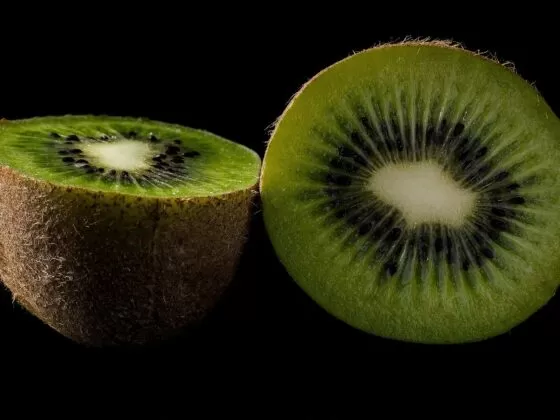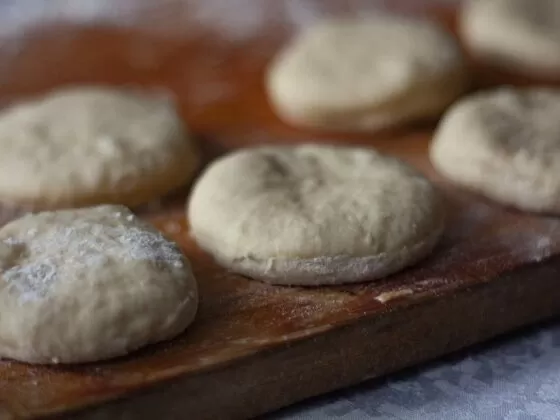When it comes to baking, picking the right flour for your product is critical. The right flour can make the difference between a delicious baked good with the perfect texture and something that’ll end up in the trash. Banana bread, the delicious pastry that is the universally agreed-upon best way to use up old bananas, is no exception. Given that “bread” is right in the name, you might think bread flour is the best choice for making banana bread, but that’s not exactly true.
Most recipes for banana bread call for either cake flour or all-purpose flour, and for good reason. Read on to learn why bread flour isn’t the best fit for banana bread and what you should be using instead.
Why Could Bread Flour Work Well and Why It Might Not?
The reason bread flour doesn’t work well for making banana bread is that it’s too heavy. Bread flour has a high content of gluten, which is the protein in flour that gives baked goods their structure. In a traditional yeast bread, a high amount of gluten is ideal because there’s usually nothing else in the dough other than water, yeast, salt, and maybe some fat. When there are so few other ingredients, the high protein content of bread flour is critical to hold everything together and provide structure to the loaf. Gluten is also pliable and elastic. The yeast in the bread dough will rise rapidly as the bread cooks, so the gluten in the bread flour needs to stretch along with it to make a chewy, delicious loaf of bread.
However, with banana bread, that’s not the case. In banana bread, the bananas themselves and eggs provide most of the structure and body. Banana bread is also not highly leavened, meaning the batter doesn’t rise a great amount while being baked, since it just uses baking soda or powder to give it rise instead of yeast. Without much rising going on, banana bread doesn’t need the stretchiness of a bread flour.
Bananas are an inherently heavy ingredient in a batter, so you want to pick a flour that adds lightness, not heaviness. A cake, pastry, or all-purpose flour will help do that. But if you use bread flour in banana bread, the loaf is likely to be dense and heavy. As strange as it may sound, to make great banana bread, you’ll want to avoid using bread flour.
What Is The Difference Between Bread flour, All-purpose Flour, and Cake Flour?
When you see all these different flours on the grocery store shelves, it can be easy to get confused. What do all those flours mean, and do they really affect the quality of the finished product? The answer is yes, they do affect the quality of baked goods, but luckily, the difference between all of these flours is simple and easy to remember.
With different types of flour, the important thing to remember is it’s all about gluten. (Yes, gasp, gluten!) Each flour has a different average percentage of gluten in it, which makes a difference in what kind of baked goods and pastries each are best for. Gluten, while much maligned, is actually a very important ingredient. Gluten is a naturally occurring protein found in wheat flour which gives bread and other baked goods their structure. As a rule of thumb, the higher gluten content in a flour, the more structure it provides. That’s why heartier, chewier baked goods use higher gluten flours and lighter pastries use lower gluten flours.
Here are the protein contents for these three popular flours:
Bread Flour: 11% Gluten
Best for: Yeast breads, sourdough, pizza doughs
Cake Flour: 6% Gluten
Best for: Cakes, cupcakes, pastries, donuts, waffles, pancakes
All-Purpose Flour: 8.5-9% Gluten
Best for: Muffins, cookies, brownies, pastas, pie crusts, other baked goods as needed
As you can see, bread flour has a much higher percentage of gluten than cake or all-purpose flour, which is why it’s a little too heavy for banana bread.
All-purpose flour is actually a blend of 60% bread flour and 40% cake flour, so it has the best of both worlds, just enough gluten to hold everything together, but not so much to make things heavy. All-purpose flour is exactly what it sounds like; it’s a versatile utility flour that can be used in almost any recipe.
A cake made with all-purpose flour may not be quite as good as one made with cake flour, but it’ll definitely get the job done. Also, all-purpose flour is generally the cheapest and most widely available flour around. Generally, if you’re not sure what kind of flour to use in a recipe, defer to all-purpose. And it’s always a good idea to have some on hand.
There are some other specialty flours such as pastry flour, which has an 8% protein content, or high gluten flour, which has a 12-13% protein content, but those are mostly used in professional kitchens and bakeries.
What Is the Best Flour To Use To Make the Best Banana Bread?
To get the best banana bread, use cake flour. With the lowest protein content, cake flour will yield the lightest, fluffiest banana bread. However, if you don’t have any cake flour on hand, all-purpose will work just fine. Pastry flour is another good option but that may be harder to find than cake or all-purpose flour.
Should Bleached or Unbleached Flour Be Used?
Ideally, a bleached cake flour would be best for banana bread. That being said, using an unbleached cake or all-purpose flour should not make a significant difference in the quality of the finished product. Bleaching is a process in which milled flour is treated with chemicals like chlorine and benzoyl peroxide. While that may sound scary, bleaching is simply speeding up the natural aging process of flour, which takes much longer without chemicals. As a result, bleached flour is typically bright white and is much finer and lighter than unbleached. Some people find that bleached flour tends to be a little more bitter, but only the most sensitive of pallets would be able to pick that up in the final product.
Unbleached flour tends to be a little more off white, and have a coarser, slightly more dense grain. Similar to the difference between using bread flour and cake flour in banana bread, the lighter grain of bleached flour will help produce a softer, fluffier banana bread.
Can I Mix Bread Flour, Cake Flour and All-purpose Flour?
Mixing flours in a recipe is fine to an extent. In baking, it’s best to use one single flour for the entire recipe if possible. But that’s not necessarily an iron-clad rule. If you’re running short on bread flour or cake flour in a recipe, it’s fine to mix in a little all-purpose to get the full yield. However, if a recipe calls for cake flour, don’t substitute bread flour, and vice versa. The difference in protein content could throw off the final product. Technically, all-purpose flour is already a mix of bread and cake flour, so if you feel tempted to mix those, you can just use all-purpose instead. In a pinch, you can also mix a little bit of cornstarch into all-purpose flour to replicate cake flour more closely.
Conclusion
Banana bread, like any other baked good, is better when made with the right flour. Because of its light, airy texture and low protein content, a bleached cake flour would yield the best banana bread. However, banana bread is a relatively forgiving pastry, it’s not like a souffle or sponge cake which can be totally ruined with the wrong flour. Plus, it’s buffered by the great taste of bananas and hopefully, chocolate chunks (if you’re making it right). So, if you have cake flour, great, but if you need to use up those bananas right now, don’t feel the need to make a specialty grocery store run just to get it.

